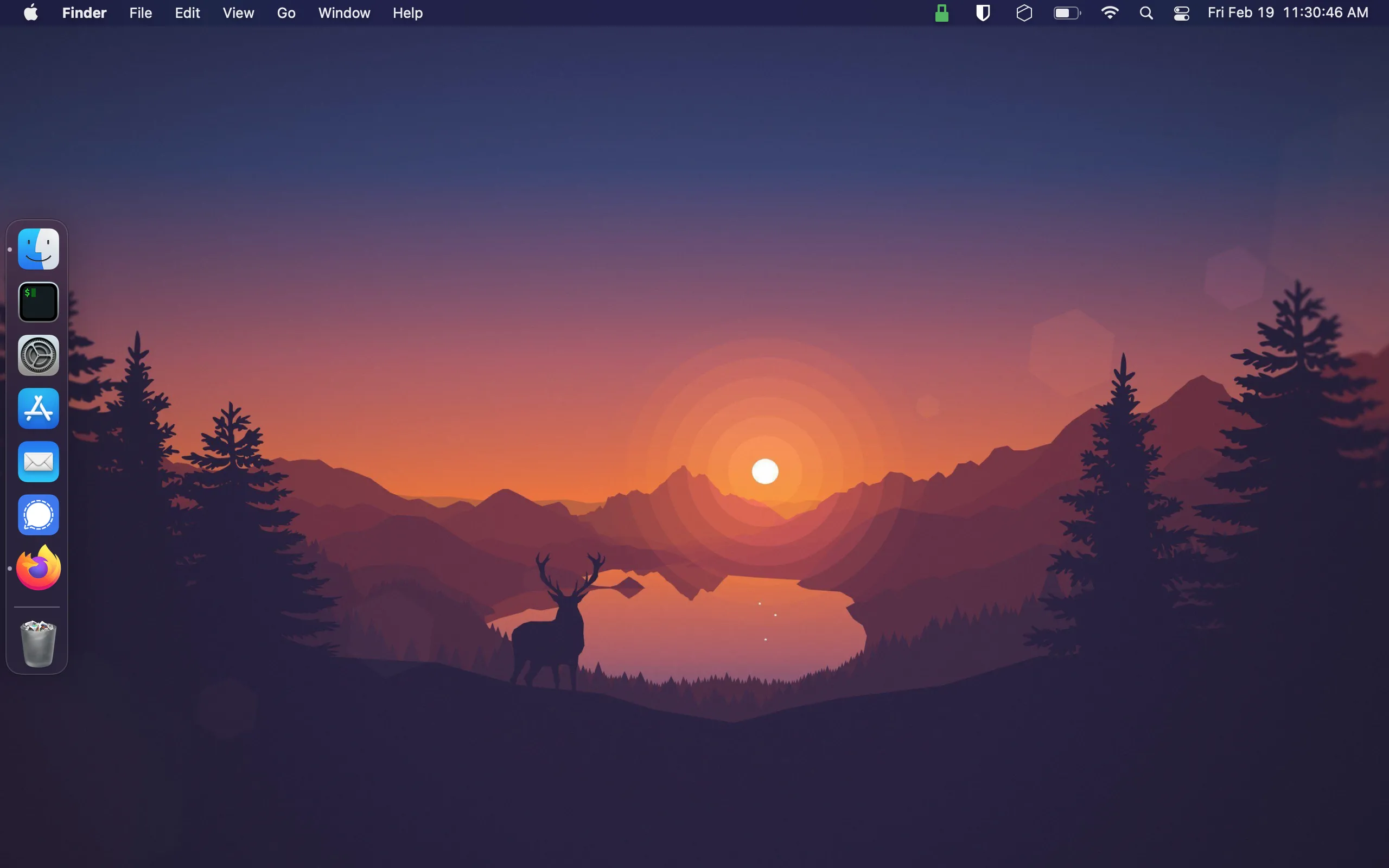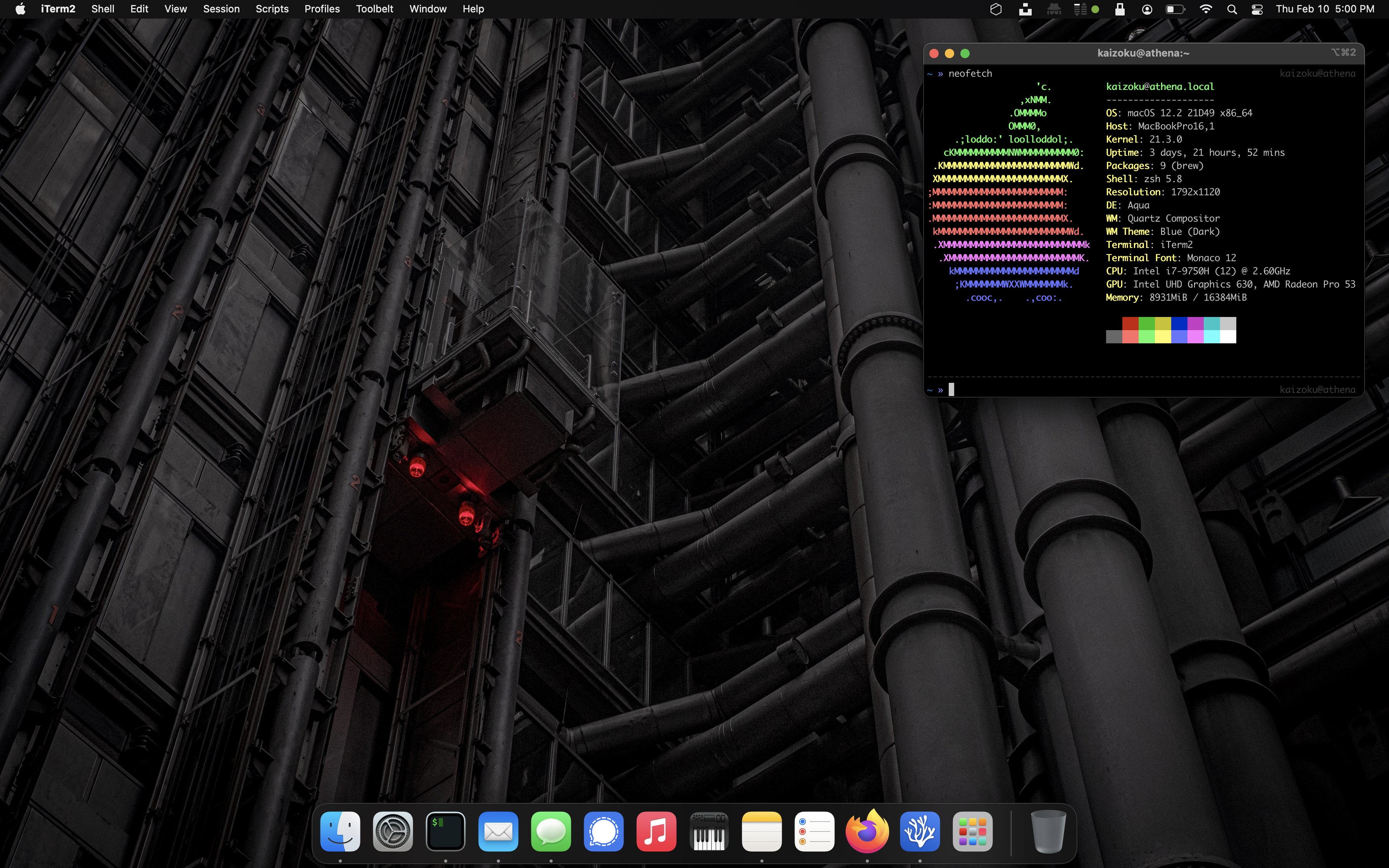diff options
| author | Christian Cleberg <hello@cleberg.net> | 2024-04-27 17:01:13 -0500 |
|---|---|---|
| committer | Christian Cleberg <hello@cleberg.net> | 2024-04-27 17:01:13 -0500 |
| commit | 74992aaa27eb384128924c4a3b93052961a3eaab (patch) | |
| tree | d5193997d72a52f7a6d6338ea5da8a6c80b4eddc /content/blog/2021-02-19-macos.md | |
| parent | 3def68d80edf87e28473609c31970507d9f03467 (diff) | |
| download | cleberg.net-74992aaa27eb384128924c4a3b93052961a3eaab.tar.gz cleberg.net-74992aaa27eb384128924c4a3b93052961a3eaab.tar.bz2 cleberg.net-74992aaa27eb384128924c4a3b93052961a3eaab.zip | |
test conversion back to markdown
Diffstat (limited to 'content/blog/2021-02-19-macos.md')
| -rw-r--r-- | content/blog/2021-02-19-macos.md | 215 |
1 files changed, 215 insertions, 0 deletions
diff --git a/content/blog/2021-02-19-macos.md b/content/blog/2021-02-19-macos.md new file mode 100644 index 0000000..26fdaa7 --- /dev/null +++ b/content/blog/2021-02-19-macos.md @@ -0,0 +1,215 @@ ++++ +date = 2021-02-19 +title = "macOS: Testing Out a New OS" +description = "" +draft = false ++++ + +# Diving into macOS + +After spending nearly 15 years working with Windows and 8 years on +Linux, I have experienced macOS for the first time. By chance, my spouse +happened to buy a new MacBook and gifted me their 2013 model. Of course, +I still consider my Linux desktop to be my daily driver and keep Windows +around for gaming needs, but over the past week I\'ve found myself using +the MacBook more and more for things that don\'t require gaming specs or +advanced dev tools. + +# Initial Thoughts + +Before I move on to the technical aspects of my set-up, I want to take +some time and express my thoughts on the overall OS. + + + +As expected, the initial computer setup is a breeze with Mac\'s guided +GUI installer. + +The desktop itself reminds me of GNOME more than anything else I\'ve +seen: even Pantheon from [ElementaryOS](https://elementary.io/), which +people commonly refer to as the closest Linux distro to macOS. The +desktop toolbar is great and far surpasses the utility of the GNOME +toolbar due to the fact that the extensions and icons *actually work*. I +launch macOS and immediately see my shortcuts for Tresorit, Bitwarden, +and Mullvad pop up as the computer loads. + +Even further, the app dock is very useful and will be yet another +familiarity for GNOME users. I know many people like panels instead of +docks, but I\'ve always found docks to have a more pleasing UI. However, +I had to disable the \"Show recent applications in Dock\" preference; I +can\'t stand items taking up precious screen space if I\'m not currently +using them. On that same note, it\'s taking me some time to get use to +the fact that I have to manually quit an app or else it will still stay +open/active in the dock, even if I\'ve closed out all windows for that +app (e.g. Firefox). + +Overall, I\'m having a lot of fun and for users who spend a large +majority of their time performing basic tasks like web browsing, +writing, watching media, etc., macOS is a fantastic option. + +The rest of this post explains the technicalities of how I set up my CLI +environment to make me feel more at-home, similar to the environments I +set up on Fedora, Ubuntu, etc. + +# Making it Feel Like Home + +If you\'re someone who uses Linux primarily, no doubt your first thought +when booting macOS will be the same as mine was: \"Where is the terminal +and how do I set up my favorite utilities?\" + +Luckily, macOS hasn\'t completely hidden away the development tools from +the average user. You can easily find the Terminal app in the Launchpad +area, but it\'s probably not what you\'re used to. I was surprised (and +happy) to see that the default shell is `zsh`, the shell I +use on all of my Linux distros. However, the commands are not the same - +even the ones you may think are native to the shell. Commands like +`dir` do not exist, so other native commands like +`ls -la` or `pwd` are more useful here. + +With only a few minutes of installing and tweaking a few packages, I was +able to recreate a terminal environment that I feel very comfortable +using. See the image below for a preview of the iTerm2 app with a split +view between my macOS desktop shell and an SSH session into my server. + + + +# Xcode + +My first step was to search the web for any hints on how to get +`zsh` back up to the state I like, with extensions, themes, +etc. My first step was to install the CLI tools for +[Xcode](https://developer.apple.com/xcode/), Apple\'s suite of +development tools. + +```sh +sudo xcode-select -r +``` + +```sh +sudo xcode-select --install +``` + +# Homebrew + +Next up is to install [Homebrew](https://brew.sh), a nifty package +manager for macOS. + +```sh +/bin/bash -c "$(curl -fsSL https://raw.githubusercontent.com/Homebrew/install/HEAD/install.sh)" +``` + +I ran into a permission error when installing Homebrew: + +```sh +Error: Failed to link all completions, docs and manpages: + Permission denied @ rb_file_s_symlink - (../../../Homebrew/completions/zsh/_brew, /usr/local/share/zsh/site-functions/_brew) +Failed during: /usr/local/bin/brew update --force --quiet +``` + +I found that the following permission modification worked like a charm. +However, I noted that some users online discussed the fact that this +solution may not work if your system has multiple users who use +Homebrew. + +```sh +sudo chown -R $(whoami) $(brew --prefix)/* +``` + +Next up is to ensure Homebrew is updated and cleaned. + +```sh +brew update +``` + +```sh +brew cleanup +``` + +# iTerm2 + +Now that I\'ve installed the basic utilities for development, I moved +onto installing iTerm2, a much better terminal than the default. + +```sh +brew install --cask iterm2 +``` + +I also used the `Make iTerm2 Default Term` and +`Install Shell Integration` options in the iTerm2 application +menu to make sure I don\'t run into any issues later on with different +terminals. + +We will also install `zsh` so we can use it in iTerm2. + +```sh +brew install zsh +``` + +# Oh-My-Zsh + +I\'ve shown the great aspects of [Oh My Zsh](https://ohmyz.sh) in other +blog posts, so I\'ll skip over that speech for now. Simply install it +and run an update. + +```sh +sh -c "$(curl -fsSL https://raw.githubusercontent.com/robbyrussell/oh-my-zsh/master/tools/install.sh)" +``` + +```sh +omz update +``` + +Finally, restart the iTerm2 application to ensure all changes go into +effect. + +# Oh-My-Zsh Themes + +Let\'s change the theme of the terminal to make it a little more +friendly. + +```sh +open ~/.zshrc +``` + +The third section of this file should contain a line like the code +below. Change that theme to [any theme you +want](https://github.com/ohmyzsh/ohmyzsh/wiki/Themes), save the file, +and exit. + +```sh +ZSH_THEME="af-magic" +``` + +After changing the `.zshrc` file, you\'ll need to close your +terminal and re-open it to see the changes. Optionally, just open a new +tab if you\'re using iTerm2, and you\'ll see the new shell config. + +# Oh-My-Zsh Plugins + +Of course, my customization of `zsh` would not be complete +without +[zsh-autosuggestions](https://github.com/zsh-users/zsh-autosuggestions). +This will bring up commands you\'ve run in the past as you type them. +For example, if you\'ve run `ssh user@192.168.1.99` before, +the terminal will show this command as soon as you start typing it (e.g. +`zsh u`), and you can hit the right arrow to autocomplete the +command. + +```sh +git clone https://github.com/zsh-users/zsh-autosuggestions ${ZSH_CUSTOM:-~/.oh-my-zsh/custom}/plugins/zsh-autosuggestions +``` + +```sh +open ~/.zshrc +``` + +```sh +# Scroll down the script and edit this line to add zsh-autosuggestions +plugins=(git zsh-autosuggestions) +``` + +Remember: After changing the `.zshrc` file, you\'ll need to +close your terminal and re-open it to see the changes. Optionally, just +open a new tab if you\'re using iTerm2, and you\'ll see the new shell +config. |
